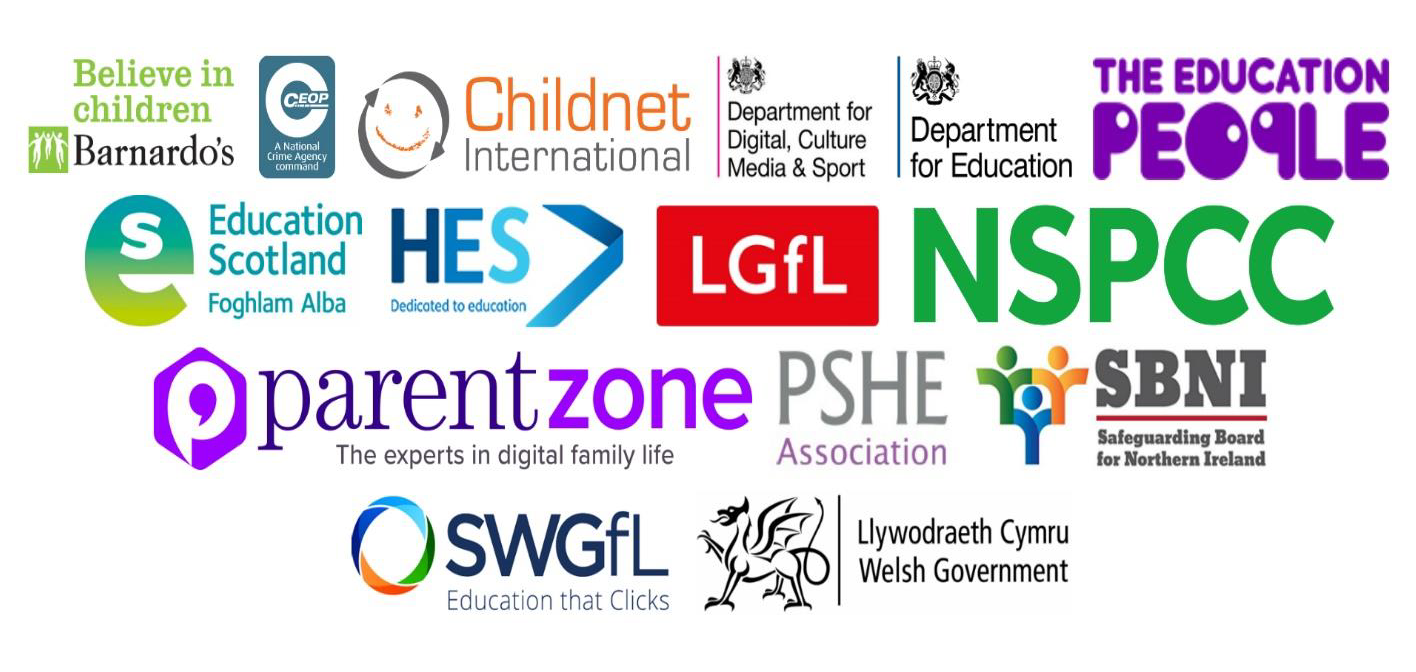Five key questions for governing bodies to help challenge their schools and colleges to effectively safeguard their learners
This document is to support governing bodies to undertake their safeguarding duties as a governing board.
- Part of
Audience
This document has been produced by Welsh Government and the UK Council for Internet Safety (UKCIS) to support governing bodies of schools and colleges in Wales.
It might also be of interest to local authorities, diocesan authorities, and any other interested parties that have a lead responsibility for online safety.
Overview
This document is to support governing bodies to undertake their safeguarding duties as a governing board. It can be considered a supporting document to the Welsh Government’s Keeping learners safe statutory guidance, which sets out roles and responsibilities in respect of safeguarding children. This includes supporting schools to provide a safe, responsible and supportive environment to learn and prevent access to inappropriate or harmful content.
Action required
No action is required. This document is a guide only, intended to support governing bodies to ensure that good practice around online safety policy and provision is operational in their school or college.
Further information
Enquiries about this document should be directed to:
Digital Resilience in Education Branch
Digital Learning Unit
Digital and Strategic Communications Division
Welsh Government
Cathays Park
Cardiff
CF10 3NQ
e-mail: support@hwbcymru.net
Five key questions
Supporting your school or college to improve online safety
practice
360 degree safe Cymru
The 360 degree safe Cymru audit tool can be accessed from the main menu when logged in to Hwb. It supports schools to review their online safety policy and practice. You should check that the school has an account and, if they do, when they last used the tool.
Keeping safe online
The Keeping safe online area of Hwb hosts resources for learners, parents and carers, education practitioners and governors on a range of specific online issues, including online bullying, online reputation and misinformation.
There are also more general resources available, such as the How to keep myself safe online (Governors) playlist, which provides advice on how you can support your learners, school and each other to stay safe online.
Training
Online safety training
Educational practitioners and professionals can register for online safety training and events on the Keeping safe online area of Hwb. Digital regional consortia leads will be able to advise if there are any training events taking place in your area.
Keeping learners safe modules
Supporting the statutory guidance Keeping learners safe, there are three safeguarding modules available for education practitioners. There are two further modules (4 and 5) which solely focus on online safety issues. Module 4 is for teachers and Module 5 is for governors.
Related Welsh Government documents
- Enhancing digital resilience in education: An action plan to protect children and young people online
- Keeping learners safe guidance
- Recommended web filtering standards for schools in Wales
- Digital competence framework guidance
- Relationships and sexuality education in schools
- Health and Well-being Area of Learning and Experience
Further resources and information
- UK Safer Internet Centre
- Professionals Online Safety Helpline
- CEOP: Reporting online sexual abuse or concerning online communication
- Internet Watch Foundation
- Reporting harmful content
- SchoolBeat Cymru
The UKCIS Education Working Group is comprised of the following organisations:

Documents
- Five key questions for governing bodies to help challenge their schools and colleges to effectively safeguard their learners pdf 2.41 Mb This file may not be accessible. If you need a more accessible version of this document please email digital@gov.wales. Please tell us the format you need. If you use assistive technology please tell us what this is


